

Max Davies
2025 Toyota Corolla SX review
5 Days Ago

Journalist
Jim Hackett has announced that he will leave his roles as Ford’s CEO and president at the end of September, and will hand over to chief operating officer (COO) Jim Farley.
Farley will take over as both president and CEO on October 1. The two men will work on a “smooth leadership transition over the next two months”, and Hackett will remain as a special adviser until March 2021.
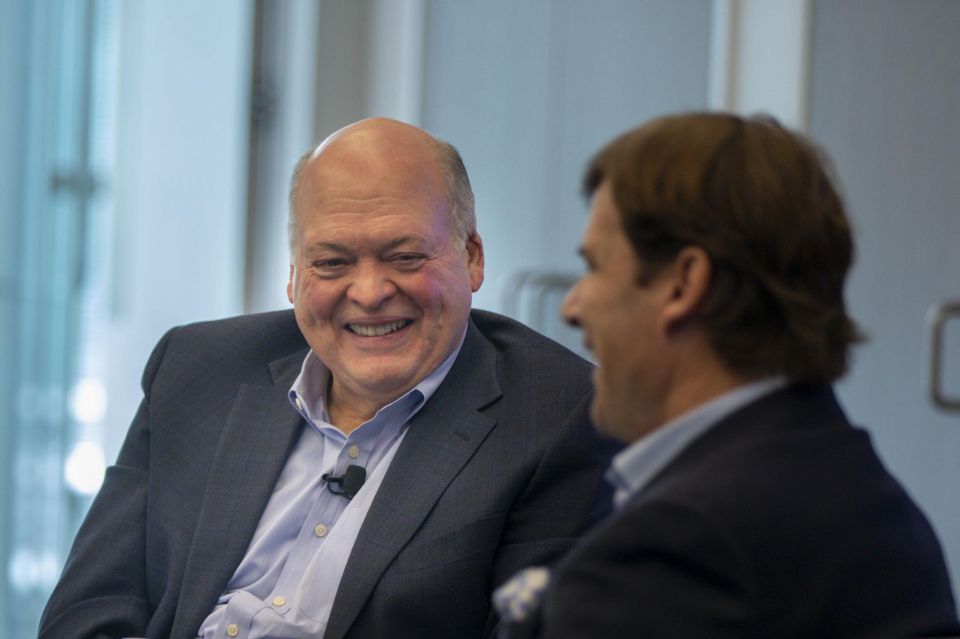
“I am very grateful to Jim Hackett for all he has done to modernise Ford and prepare us to compete and win in the future,” Bill Ford, the automaker’s executive chairman, said in a prepared statement.
“Our new product vision – led by the Mustang Mach-E, new F-150 and Bronco family – is taking shape. We now have compelling plans for electric and autonomous vehicles, as well as full vehicle connectivity.”
Hackett says he “the greatest confidence in [Farley] as a person and a leader”, and described him as “a change agent with a deep understanding of how to lead Ford in this new era defined by smart vehicles in a smart world”.
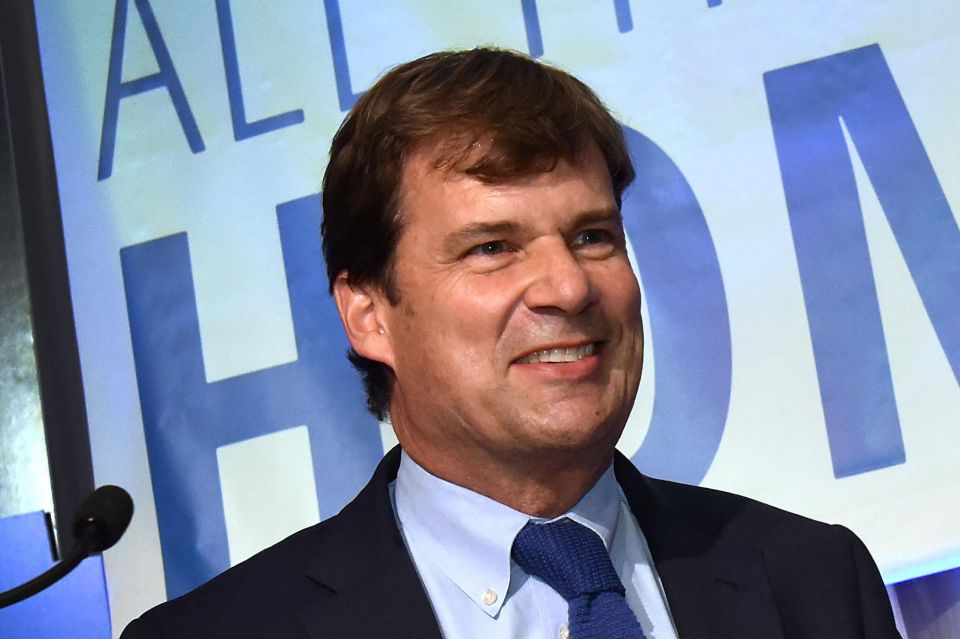
Jim Farley joined Ford in 2007 to become its global head of marketing. He later moved on to be president of Ford of Europe, and then head of Lincoln, where he helped to launch the brand in China.
He took over as chief operating officer in March this year, an appointment widely seen as making him the heir apparent to the CEO’s chair.
In Farley’s time before Ford, he spent 17 years at Toyota where his roles included launching the youth-oriented Scion marque, and being the US general manager of Lexus.
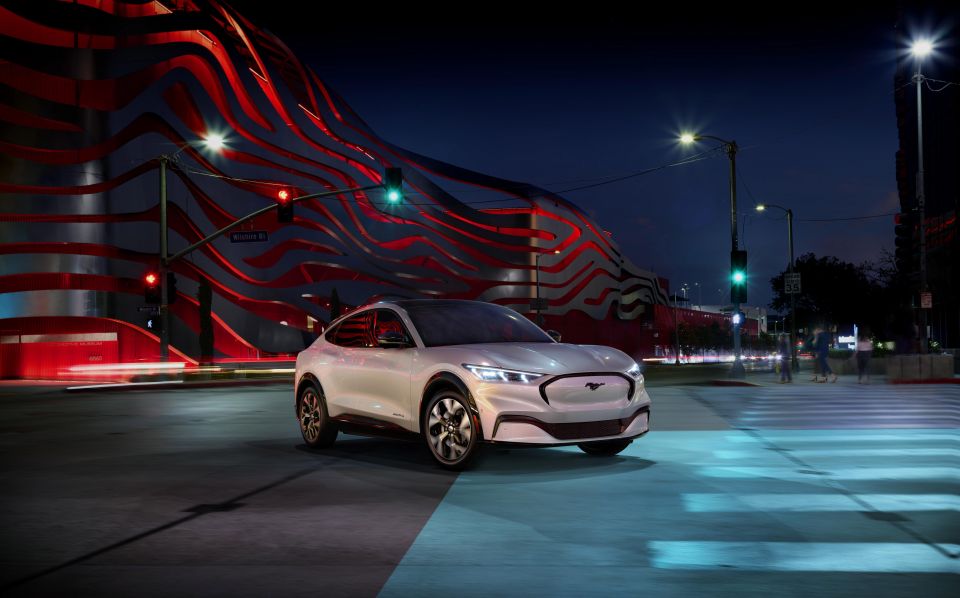
Hackett joined Ford’s board in 2013 and helped to create its Smart Mobility division. He became CEO in 2017 when the board fired Mark Fields.
Prior to this he was the CEO of office furniture company Steelcase for around 20 years. When he started his tenure as Steelcase’s chief, the company was deep financial trouble. He helped to turn around things around with a focus on integrating new workplace technology, more custom designs, and embracing open-plan environments.
In the process he also closed half of the company’s facilities and let go of 12,000 workers, including the best man at his wedding.
Since taking the reins at Ford, he has made the Blue Oval the first American automaker to definitively abandon classic sedan, hatch, and wagon body styles in its home market in favour of crossovers, SUVs and pickup trucks.
Ford and Volkswagen have also begun an alliance centred around the joint development of commercial vans, and the Ranger and Amarok utes. Additionally Volkswagen has bought into self-driving technology firm Argo AI, and Ford will use Volkswagen’s MEB platform a European electric vehicle.
You can read more about all the CEOs running the largest car companies in our extensive feature.
Where expert car reviews meet expert car buying – CarExpert gives you trusted advice, personalised service and real savings on your next new car.
Derek Fung would love to tell you about his multiple degrees, but he's too busy writing up some news right now. In his spare time Derek loves chasing automotive rabbits down the hole. Based in New York, New York, Derek loves to travel and is very much a window not an aisle person.


Max Davies
5 Days Ago


James Wong
4 Days Ago


James Wong
3 Days Ago


Max Davies
2 Days Ago
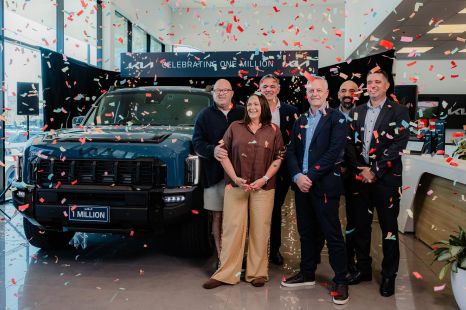

James Wong
11 Hours Ago
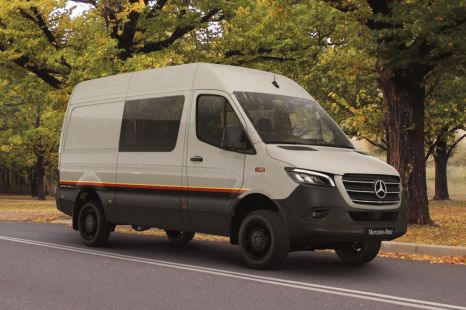

Marton Pettendy
11 Hours Ago